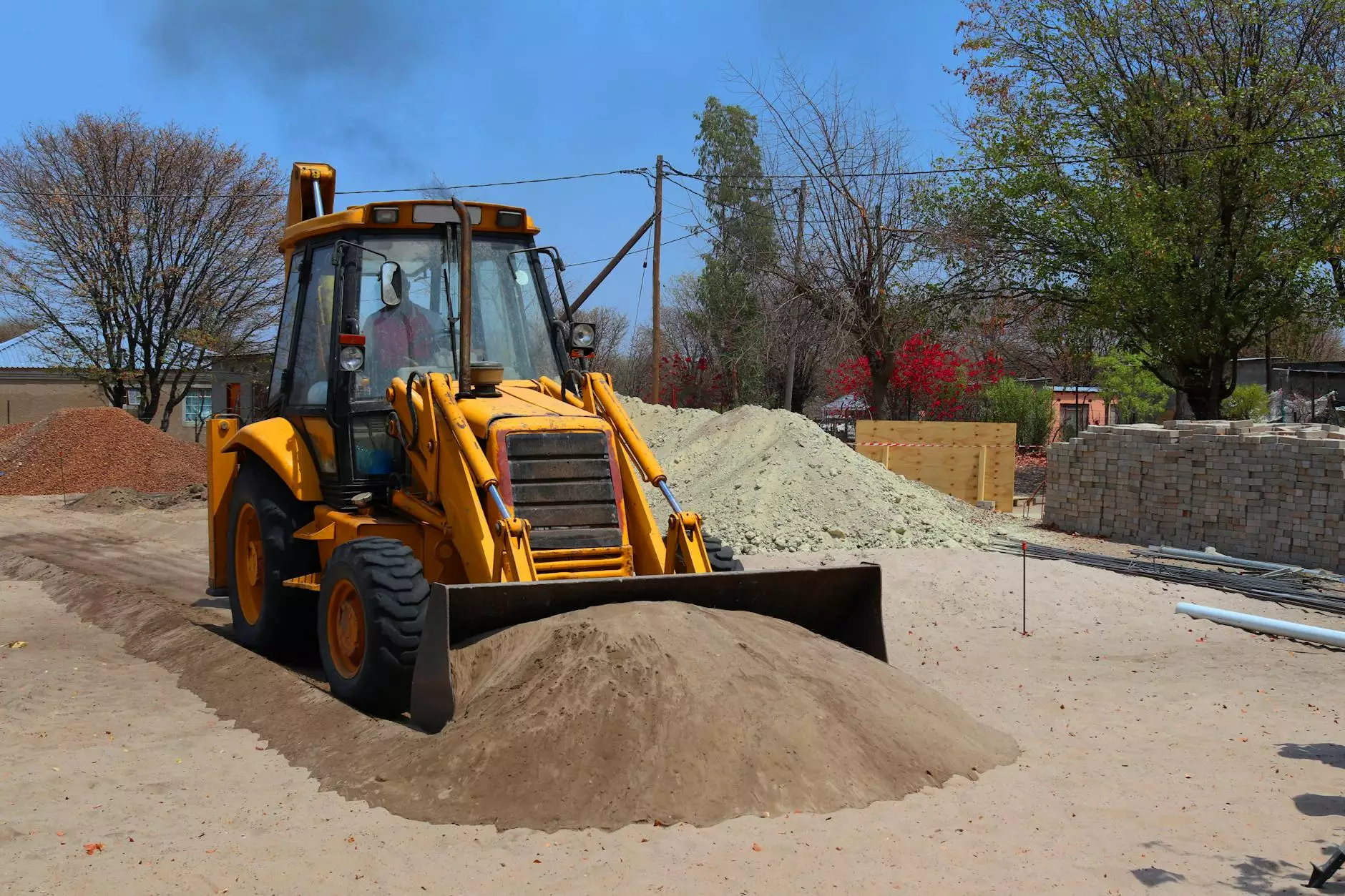DIY Flying UFO!

Welcome to The Knowledge Nest's DIY Flying UFO tutorial! Are you ready to embark on a thrilling journey into the realm of aerospace engineering? Buckle up and get ready to discover the secrets of building your very own flying UFO. Our comprehensive guide will equip you with the knowledge and skills necessary to bring your extraterrestrial dreams to life.
Why Build a Flying UFO?
Building a flying UFO is not only an exciting and challenging endeavor but also an opportunity to explore the wonders of aerodynamics and physics. Our DIY project allows you to delve into the realm of aerospace engineering, where you'll gain valuable insights into lift, thrust, and control mechanisms.
Aside from the educational aspect, flying UFOs can be a thrilling way to entertain family and friends. Imagine the awe and wonder on their faces as they witness your homemade UFO soaring through the sky, leaving everyone amazed and wanting to know your secrets.
Getting Started
Before we dive into the step-by-step process, let's gather all the materials you'll need for this out-of-this-world project:
- Lightweight and durable materials such as aluminum or fiberglass
- A small electric motor or propeller to provide thrust
- Electronic components for the control system
- High-capacity battery for extended flight time
- Adhesive and fasteners for assembly
- Wireless remote control system for easy maneuvering
Step-by-Step Guide
Step 1: Design and Planning
Begin by sketching your ideal UFO design, taking into consideration factors such as stability, aerodynamics, and weight distribution. Utilize your knowledge about UFO shapes and incorporate unique features to make your creation stand out.
Once the design is finalized, create a detailed blueprint that outlines all the dimensions and specifications. This will serve as your guide during the construction process.
Step 2: Material Selection
Choose the appropriate materials for your UFO based on your design and desired flight characteristics. Lightweight and durable materials, such as aluminum or fiberglass, are commonly used in the construction of flying UFOs. These materials provide the necessary strength while keeping the weight to a minimum, ensuring optimal flight performance.
Step 3: Construction
Using your blueprint as a reference, begin constructing the main body of the UFO. Cut, shape, and assemble the selected materials according to your design. Take care to secure all joints and connections with adhesive or fasteners, ensuring a sturdy and reliable structure.
Integrate the electronic components, control system, and propulsion mechanism into the UFO's design. Ensure proper wiring and connections, taking into account weight distribution and balance.
Step 4: Testing and Fine-tuning
Once the construction is complete, it's time to test your UFO before taking it to the skies. Conduct ground tests to check the control system, motor, and overall stability. Make any necessary adjustments to ensure optimal performance.
After successful ground testing, it's time to strap on the batteries and prepare for your first flight. Start with short flights in a controlled environment, gradually increasing flight duration and maneuverability as you gain confidence.
Join The Knowledge Nest Community
At The Knowledge Nest, we believe in the power of learning through hands-on experiences. Join our community of DIY enthusiasts, aerospace engineers, and UFO enthusiasts to share your projects, exchange ideas, and inspire others in the world of DIY aerospace engineering.
As you embark on your journey to build your very own flying UFO, remember that patience, persistence, and attention to detail are the keys to success. Happy building, and may your UFO soar high in the sky!










